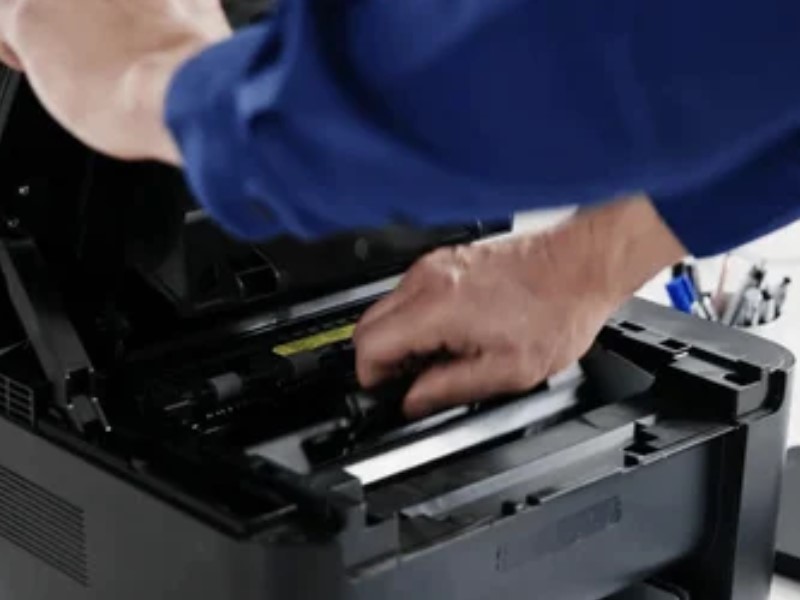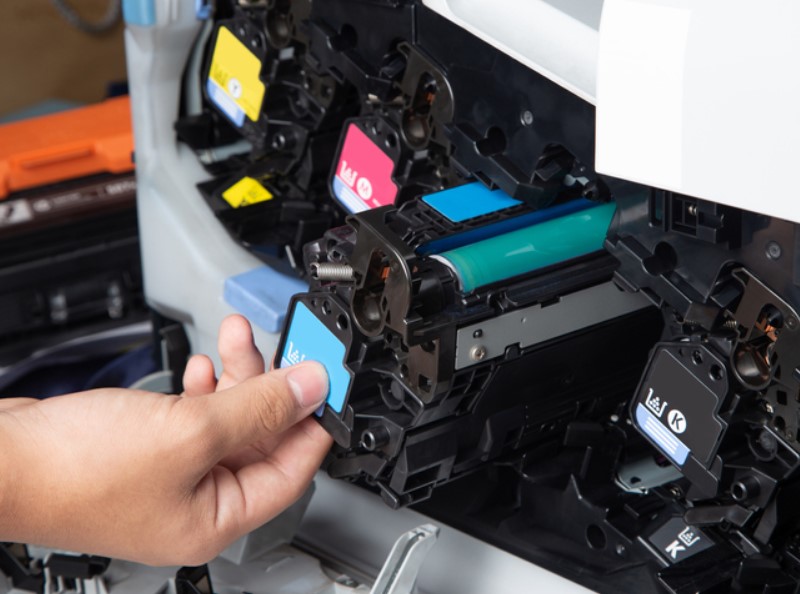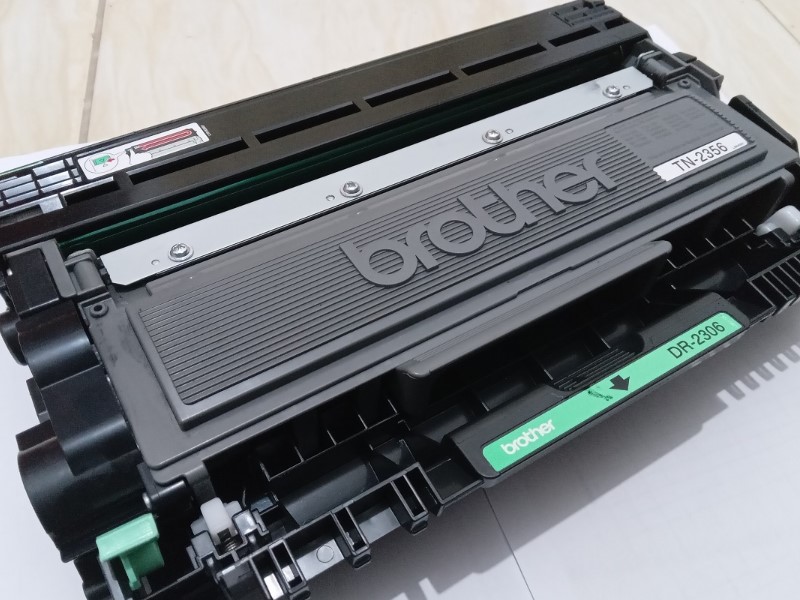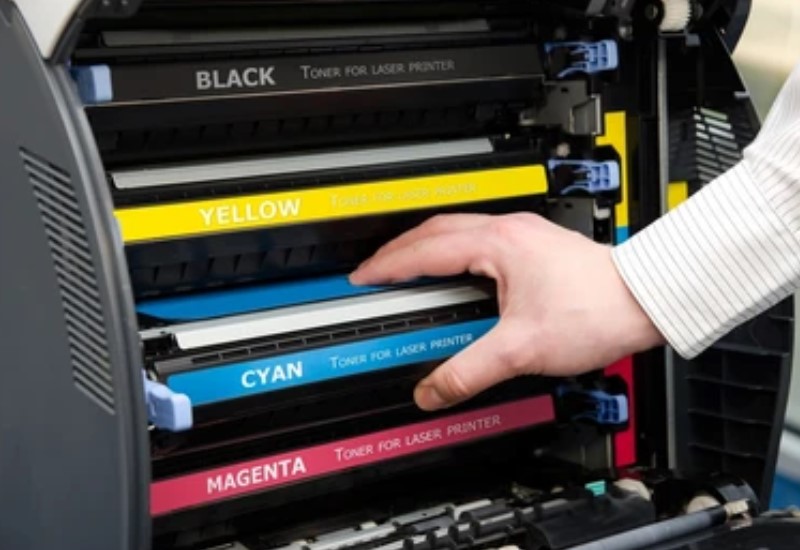Printers have today become a part and parcel of the home and the office. Whether it be an important work document which needs to be printed out, school assignments, or photos, the bottom line is that a good working printer is a must-have in everyday life. What most people take for granted when it comes to their printers, however, is the right toner for printer.
It is also very important to choose the right toner because it determines the quality of your prints and even the life of your printer. The wrong toner can produce a series of problems, ranging from low-quality prints to expensive repairs or permanent damage to your printer. Let’s take a closer look at the risks of using the wrong toner for your printer.
Table of Contents
What is Toner?
The powdered version in laser printers makes printed images and text on paper. This toner cartridge, compared to an inkjet printer, uses powdered dry substance inside it instead of liquid ink. Once the toner is exposed to a heat from the drum that comes out of a laser printer, it bonds the paper together to form a picture on it.

Other toner cartridges exist, designed exclusively for various models and brands of printers. Each cartridge is therefore fine-tuned according to the specification of the printer it has been designed for. That’s why improper use of the wrong toner causes numerous problems. So, what happens when you commit the mistake of using an incompatible toner cartridge?
1. Poor Print Quality
One of the immediate effects is a significant reduction in the quality of the print. If you have an incompatible toner cartridge with your printer, it can make the prints appear uneven and blurry, text, or faded images. This happens because the powder from the toner fails to attach to the paper properly. Instead of crisp clear prints, you end up with streaked and blotchy images.
Sometimes, an incorrect toner for printer can result in smudging or ghosting. Smudges happen when the toner either doesn’t dry out or bond correctly to the paper, which leads to fingerprint or streak marks across your prints. Ghosting is formed when faint images or shadows of previous prints appear on the page because there has been either too much toner left on the drum or not enough bonding.
2. Damage to Your Printer
Another permanent damage may occur in your printer using an inappropriate toner cartridge. Toner cartridges have a particular set of specifications designed to work with components within the printer. Misusing the wrong toner may cause blockages and misalignment, even overheating of the internal components within the printer.

Take for instance the wrong particle size or a formulation not suited for the printer. These differences may result in clogging in the drum or fuser of the printer, which are the two most critical components involved in transferring the toner to the paper. The toner is too coarse, and this will cause it to scratch or wear out the internal parts of the printer by scratching away the drum. The fine-toner may not heat up in the fuser, which plays a significant role in the bonding of the toner to the paper.
Also, constant usage of the wrong toner causes toner dust build up, which may result in malfunctions and potentially reduce the lifespan of your printer.
3. Excessive Wear and Tear
When your printer is constantly at war with toner incompatibilities, it suffers wear and tear. Parts such as the fuser, drum, and rollers degrade faster if the toner is not compatible. In addition to this, overall efficiency will be decreased; it might even raise the need for expensive repairs or even replacement.
Sometimes, you may find that your printer slows down its speed or gives more error messages. This is because the printer is working hard to try to make the wrong toner work. The pressure on the parts of the printer can result in frequent paper jams or failure to complete printing jobs.
4. Increased Costs
While third-party or generic toner cartridges are sometimes offered at a better price, there are costs to pay. The right quality of prints is never guaranteed with the wrong kind of toner for printer, hence resulting in printing more pages in order to get it just right. This wastes more toner and is an expensive way to cut down on costs in the long run.
Moreover, the damage caused by mismatched toner can prove to be costly repairs. Sometimes, the damage is so extensive that it becomes impossible to allow the printer to function. In such cases, replacement of the drum or fuser of a printer will make the repair costs balloon out of control very soon.
Also, the risk of paper waste from bad quality printing or leakage of the toner may mean you will print more than what is needed. This aside from the cost of your toner also wastes the paper, ink, and electricity-all contributing to a greater environmental footprint.
5. Voiding Printer Warranty
One more serious risk is that using non-compatible toner may invalidate your warranty on your printer. Most manufacturers require in warranty contracts that only the original toner cartridges be used within their printers. If a non-compatible toner cartridge is used within a printer, the manufacturer will decline to honor any warranty claim, and you are going to be stuck with repair costs.

This is especially critical should you print for business purposes or essential personal work. In this case, lack of a warranty may present significant out-of-pocket bills if a failure occurs.
6. Environmental Impact
Choosing the wrong toner can also have negative consequences for the environment. Some of the toner for printers contain harmful chemicals that could leak into the environment if they are not disposed of in the right manner. When using a toner cartridge that is not compatible with your printer, the chance of leakage or spilling out of the toner is higher, thus possibly contaminating your workspace or even your printer’s internal components.
You will ensure that the toner is used in the right way and, hence, prevent as much waste as possible by selecting the appropriate toner cartridge for your printer. Many manufacturers of printers have recycling programs whereby used toner cartridges may be returned to the producers to prevent them from finding their way into the dump.
Conclusion
This might be one of those minor details that could give a big headache to deal with when not followed strictly. It would require having the right toner cartridge in your printer for effective use, producing good print quality, and preventing costly damage. Risks include low quality printouts, breakdown of a printer, or worse repair, harm to the environment, among others.
This way, for the protection of your investment in your printer, always choose toner cartridges made for your model. Whether OEM or third party, just make sure it fits all specifications to use on your printer. It will extend the life of your printer, prevent unnecessary costs, and offer the best quality prints for years to come.






